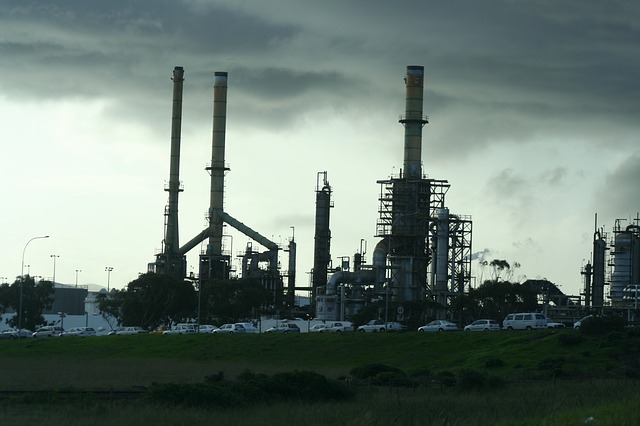
The inadequacy of Australia’s liquid fuel reserves is like a bothersome itch that won’t go away.
Recent reporting of serious concerns about Australia’s liquid fuel vulnerabilities by the Parliamentary Joint Committee on Intelligence and Security (PJCIS) and the International Energy Agency (IEA) isn’t the first time that this issue has been identified as a fundamental security issue for the nation.
Since 2012 organisations as varied as the NRMA, Engineers Australia and ASPI have been alerting the public to the unsustainable nature of our fuel policy and our ever-increasing reliance on maritime supply chains to deliver imported supplies.
Media attention to this issue has been sporadic. Generally there’s a story or two, then a seeming loss of interest and return to business as usual. Perhaps there’s an assumption that because nothing has gone wrong previously, nothing ever will. A sense of complacency based on historically reliable supply has deadened public interest.
It shouldn’t. The IEA mandates that all countries should hold 90 days’ fuel in reserve as a minimum. We’ve been non-compliant since 2012. Australia has less than half of that minimum, has no strategic oil stocks and doesn’t place any stockholding obligation on industry. But on 31 May 2016, we tabled a compliance plan to the IEA’s Governing Board.
The plan outlined both immediate actions and a forward work program leading to full compliance by 2026. It should be noted that the government has allocated $23.8 million to the first phase of the program.
If a week is a long time in politics, then eight years is multigenerational in terms of current geopolitics and international trade uncertainty. This is especially so given the trade brinkmanship displayed by China and the US in recent days.
President Donald Trump has tweeted that ‘trade wars are good, and easy to win’. If oil supplies are affected in a trade conflict, then the United States may be in a good position. It has expanded its shale oil industry extensively in recent years and maintains stockholdings greater than IEA requirements. China is also insulated by its substantial home-grown oil refining capability and significant stockholdings.
An unescapable fact is that we’re an island nation heavily reliant on refined fuel imports from Southeast and North Asian suppliers. Much of that supply comes to us via shipping that moves through or near the increasingly contested South China Sea.
The suspected deployment by China of communications jamming equipment onto Fiery Cross Reef in the Spratly Islands should cause assumptions that maritime supply chain continuity isn’t an issue in the near term to be re-examined.
During a 2015 Senate hearing on Australia’s transport energy resilience and sustainability, industry representatives offered this view:
There is no evidence that the substantial cost of an emergency stockpile is justified on energy security grounds, given industry’s efficient and reliable performance to date with no widespread or prolonged fuel shortages being experienced in Australia for decades. Even during international crude oil and petroleum product supply disruptions, such as in the aftermath of Hurricane Katrina in 2005, Australian fuel supplies have not been disrupted.
That view appears too self-congratulatory. Australia sourced some imported fuel at the time of Hurricane Katrina from Middle Eastern fuel markets. The limited impacts in 2005 may have been due to that region’s scalable production capacities, which may not always be available.
We can’t be complacent. Australia’s National Energy Security Assessment (NESA) considers risk and vulnerability factors relevant to the industry. The last was completed in 2011. After seven years of great economic and geopolitical change, the next NESA is expected this year. It may very well note that we seem to want the accolades of energy wealth without paying attention to the downside vulnerability.
The PJCIS suggested that Australia’s existing fuel production assets be included within the coverage provided in a proposed critical infrastructure bill to ensure protection from foreign coercion or even sabotage. The PJCIS also advised that steps are needed to ensure access to continuous supplies of fuel to meet national security needs.
Those suggestions have merit. Other economies have a wider selection of infrastructure components and services listed as critical. For example, for more than 20 years the US has had ‘national’ continuity planning requirements to recover capacity after major disturbances.
We need to get serious about our assumptions of the ongoing availability of imported liquid fuel and our in-country reserves of oil and fuel stocks. One or two problems in the maritime trade that flows through the South China Sea could have dire implications for business as usual and our national security. A surprise-free existence isn’t compulsory.

